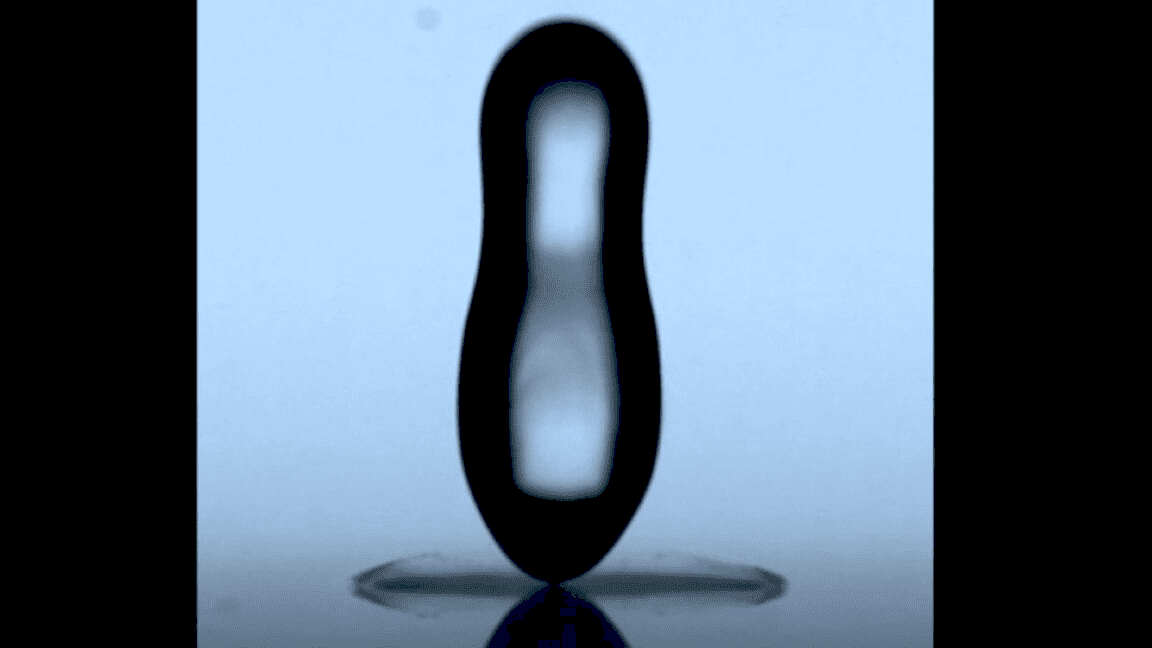Researchers at the City University of Hong Kong have made a groundbreaking discovery regarding hot oil droplets that can bounce off nearly any surface. This phenomenon, akin to water droplets dancing on a hot pan, is a manifestation of the Leidenfrost effect. When droplets encounter a superheated surface, they can levitate above it, thanks to a cushion of vapor that prevents direct contact.
Historically, the Leidenfrost effect was first observed by German scientist Johann Gottlob Leidenfrost in 1756, who noted that water would sizzle and evaporate rapidly on a pan that was heated above water’s boiling point. If the pan was sufficiently hot, droplets would glide across the surface like beads of quicksilver. This effect has since intrigued physicists, leading to numerous studies that explore its implications across various liquids.
In the latest research, published in the journal Newton, the scientists have demonstrated that not only does the Leidenfrost effect apply to water, but it can also be harnessed effectively with oil droplets. The ability for these droplets to bounce off surfaces has potential applications in numerous fields, including self-cleaning surfaces, anti-icing technologies, and even droplet-based logic systems.
This discovery sheds light on the mechanics of droplet dynamics and could pave the way for innovative solutions in engineering and materials science. Understanding these interactions is crucial as it opens avenues for creating surfaces that can manage liquids in novel ways.





